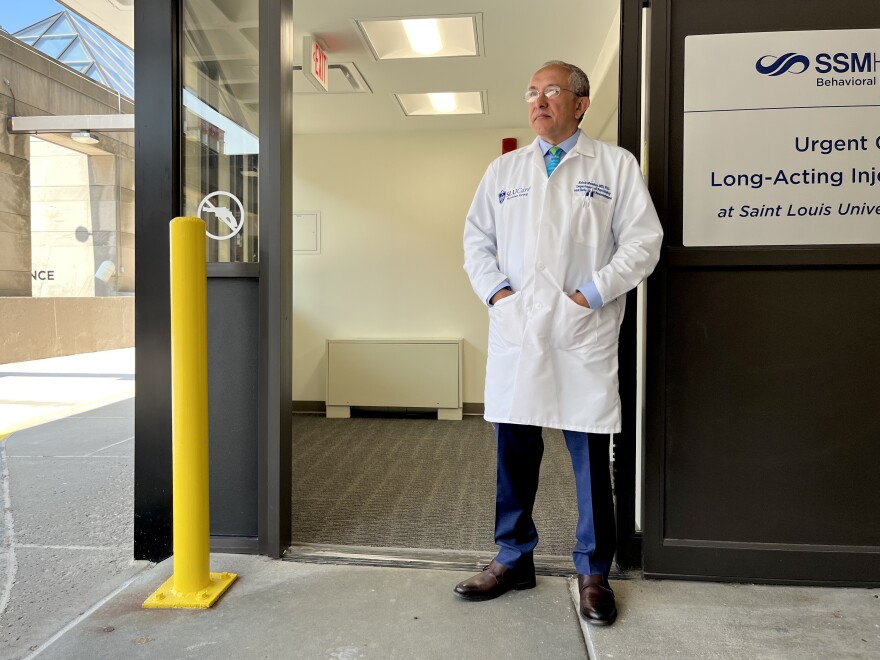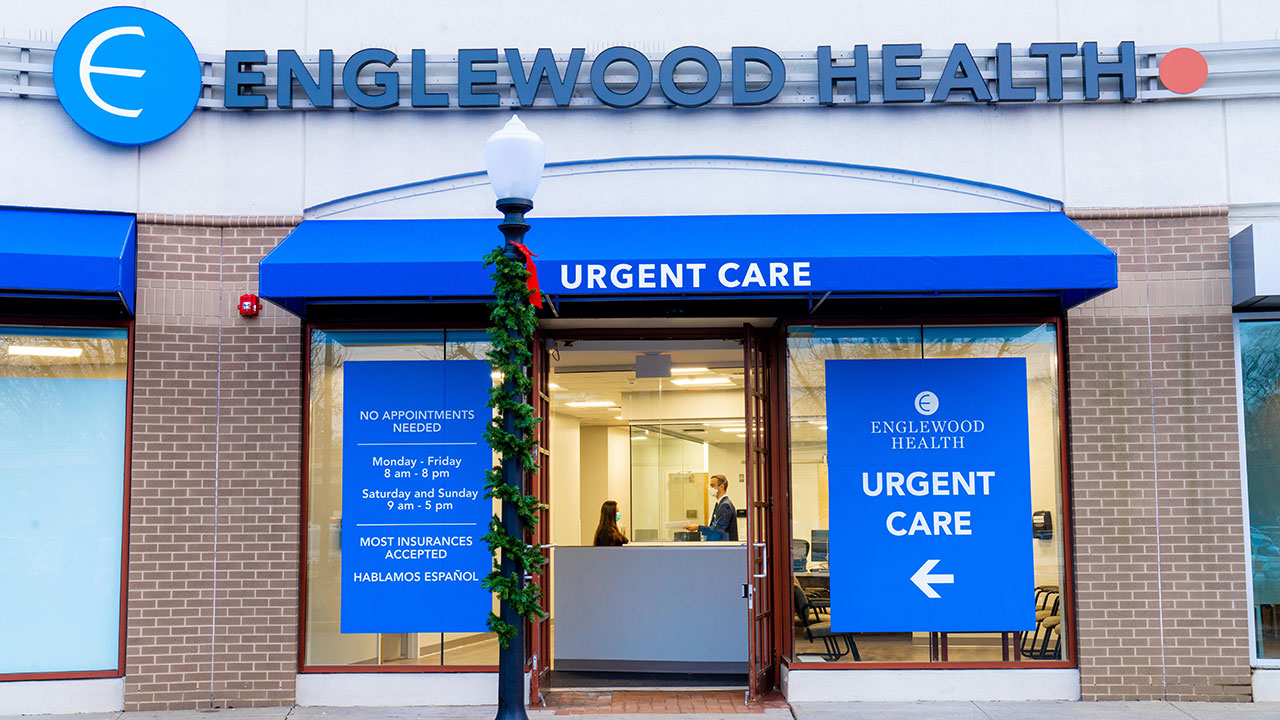Discovering the Most Efficient Clinic for Your Urgent Care Requirements
Discovering the Most Efficient Clinic for Your Urgent Care Requirements
Blog Article
Understanding the Role of Urgent Treatment in Giving Timely Therapy for Non-Life-Threatening Problems
Immediate care facilities have emerged as a vital part of the health care landscape, addressing the instant demands of clients with non-life-threatening problems. Comprehending the nuances of immediate care might dramatically influence individual outcomes and the general performance of healthcare shipment.
What Is Urgent Treatment?
Urgent care describes a group of medical services created to deal with non-life-threatening problems that call for immediate attention. These centers act as an intermediary in between primary care medical professionals and emergency clinic, supplying a hassle-free option for clients that require punctual treatment without the substantial waiting times normally related to emergency situation departments.
Urgent treatment facilities are generally staffed by doctor, consisting of physicians, nurse professionals, and medical professional aides, that are educated to detect and treat a broad variety of problems. Typical solutions provided by these centers consist of treatment for small injuries, ailments, and infections, along with diagnostic tests such as X-rays and laboratory work.
The accessibility of immediate care is a vital variable in its charm, as numerous facilities operate past normal workplace hours, including weekends and evenings. When their main treatment copyright may not be accessible, this extensive accessibility allows patients to obtain timely treatment. Furthermore, immediate care centers commonly approve walk-in people, getting rid of the need for visits. In general, immediate treatment plays a vital duty in the medical care system, making sure clients can access essential medical solutions without delay and successfully.

Numerous individuals might discover themselves uncertain concerning when to look for care at an immediate care facility instead of a health care doctor or an emergency clinic. Immediate care is made to attend to non-life-threatening conditions that call for prompt interest but are not serious adequate to call for an emergency room visit.
Usually, one need to consider immediate treatment for problems such as minor fractures, strains, cuts needing stitches, or infections like urinary system infections. Additionally, chilly or influenza signs, breakouts, and allergic reactions can additionally be appropriately handled in this setting.
It is very important to keep in mind that urgent care is not appropriate for deadly emergency situations, such as breast pain, difficulty breathing, or serious blood loss, which demand immediate emergency room treatment.
People that lack accessibility to a key care doctor or can not safeguard a prompt appointment may also take advantage of immediate treatment solutions. Inevitably, understanding when to utilize urgent treatment can lead to much more effective health care shipment, enabling individuals to obtain the ideal degree of treatment based upon their details wellness demands.
Advantages of Urgent Care Centers
Selecting urgent care centers for non-life-threatening conditions supplies several advantages that improve client experience and access. One key benefit is the minimized wait times compared to conventional emergency rooms. Immediate treatment centers generally operate on a first-come, first-served basis, allowing patients to obtain prompt medical interest without the long delays often related to medical facility settings.
Additionally, urgent treatment facilities supply prolonged hours, including nights and weekend breaks, suiting people with varying schedules. This adaptability makes certain that people can look for care when it is most practical for them, better advertising prompt intervention.

In addition, these centers typically provide a thorough series of services, including diagnostic tests and small treatments, all under one roofing. This loan consolidation of solutions not only streamlines the client experience yet also cultivates a more cohesive approach to taking care other of non-life-threatening health and wellness concerns, inevitably profiting total patient outcomes.
Typical Conditions Dealt With
At urgent care centers, a selection of non-life-threatening problems can be successfully treated, offering patients with easily accessible and prompt clinical help. These facilities are particularly proficient at resolving issues that need timely interest but do not posture an instant threat to life or limb.
Usual problems dealt with at immediate treatment facilities include minor injuries such as sprains, fractures, and strains. Immediate treatment facilities are furnished to do needed analysis tests, such as X-rays and laboratory tests, allowing them to supply detailed care.
Moreover, immediate treatment providers can carry out inoculations, assisting to avoid the spread of infectious conditions - Urgent Care. They additionally provide services for small procedures, such as suturing wounds or draining pipes abscesses. By providing these diverse services, immediate care facilities play an essential function in bridging the space between health care and emergency services, ensuring clients receive timely therapy for a large range of problems without the requirement for long haul times typically associated with emergency situation rooms
Exactly How Urgent Care Sustains Healthcare System
Immediate treatment centers play an essential duty in supporting the general health care system by reducing the problem on emergency departments and providing timely accessibility to medical treatment for non-life-threatening problems. By dealing with situations such as small injuries, infections, and health problems, immediate care facilities permit emergency departments to concentrate on even more critical individuals calling for immediate interest.
In addition, urgent treatment facilities boost health care access, providing prolonged hours and an easier alternative to standard medical care settings. This availability is specifically advantageous for individuals that may not have a normal physician or who need instant therapy beyond common workplace hours. Therefore, urgent care facilities properly reduce wait times and enhance person complete satisfaction.
Furthermore, immediate treatment facilities add to set you back financial savings for both people and the healthcare system by offering lower-cost services contrasted to emergency divisions. This economic efficiency is important in an age of rising healthcare costs, permitting clients to get necessary treatment without sustaining inflated costs.
Conclusion
In conclusion, immediate treatment facilities play an important function in the health care system by delivering punctual therapy for non-life-threatening problems. By connecting the space between key treatment and emergency rooms, these facilities guarantee that have a peek at these guys clients receive prompt clinical attention without the extensive delay times typically related to emergency departments. The this post availability and efficiency of immediate treatment centers contribute substantially to alleviating the total problem on healthcare sources, improving patient end results, and promoting an extra efficient medical care distribution system.
Urgent care centers have arised as an important component of the healthcare landscape, attending to the instant demands of people with non-life-threatening conditions. Immediate care check outs generally incur lower out-of-pocket expenditures compared to emergency department sees, making care more budget-friendly for patients without compromising top quality. Immediate treatment centers are geared up to execute needed diagnostic examinations, such as X-rays and lab examinations, allowing them to give extensive treatment.
By offering these diverse solutions, immediate treatment facilities play an essential function in bridging the space between primary treatment and emergency situation solutions, ensuring patients obtain prompt therapy for a large range of conditions without the demand for lengthy delay times generally associated with emergency situation spaces.
In addition, urgent care facilities boost medical care ease of access, offering extensive hours and an extra hassle-free choice to typical primary care setups.
Report this page